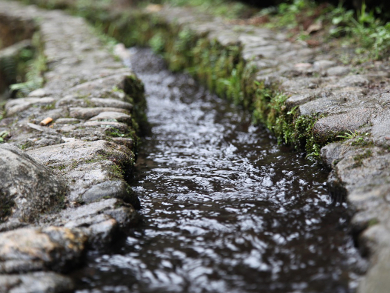Chlorofluorocarbons (CFCs) and hydrochlorofluorocarbons (HCFCs) have been implicated in stratospheric ozone depletion. They can also contaminate groundwater reservoirs.
Axel Horst and colleagues, University of Toronto, Ontario, Canada, used stable carbon isotopic signatures and compound-specific analysis to track the path of these compounds through the environment, using the higher levels of carbon-13 in CFC-contaminated groundwater as a tracer. Previously, there had been no way to extract and isotopically analyze dissolved CFCs and HCFCs in groundwater.
The researchers used a cryogenic purge and trap system coupled to continuous-flow compound-specific stable carbon isotope analysis mass spectrometry, and they detected concentrations as low as 35 μg/L. The team notes that this method could also be applied to other volatile organic compounds (VOCs) such as haloforms and methyl halides, including compounds that occur naturally in lake and ocean water.
This method provides a foundation for future studies devoted to the definitive interpretation of carbon-13 enriched signatures in field samples and characterizing the fractionation of CFCs during biodegradation.
- Compound-specific stable carbon isotope analysis of chlorofluorocarbons in groundwater,
Axel Horst, Georges Lacrampe-Couloume, Barbara Sherwood Lollar,
Anal. Chem. 2015.
DOI: 10.1021/acs.analchem.5b02701




